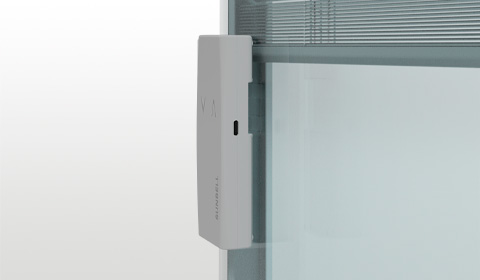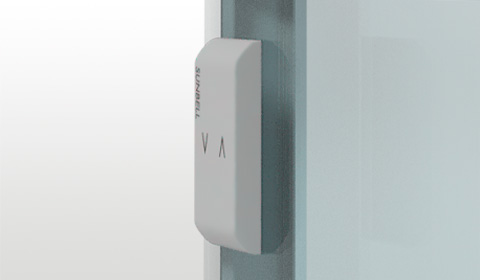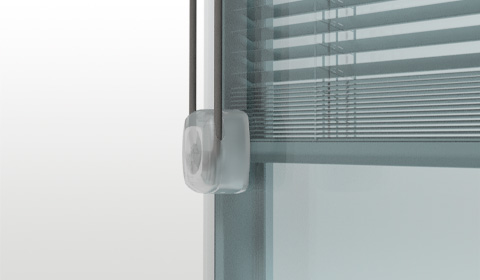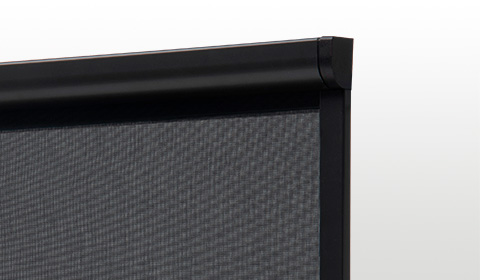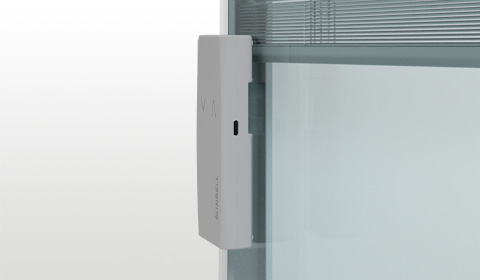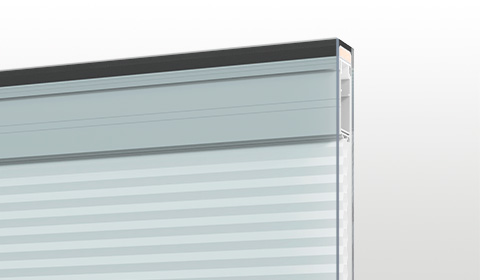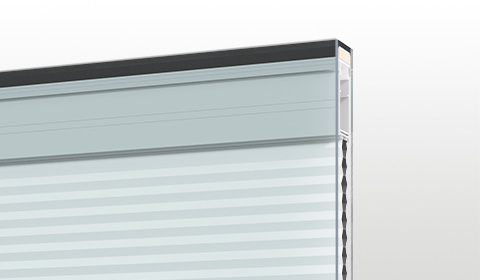Ideo.org is a non-profit design agency specialized in adopting human-centred design and applying it to all its processes.
Thanks to this approach and partnership with other organizations, they design products and services committed to a fairer and more inclusive world.
But what’s human-centred design? Let’s take a look at it together.
Breaking down human-centred design
Human-centred design is a project management method that focuses on the people who will implement it, centring them in every creative process step.
This approach aims to resolve issues through solutions that, designed with a creative mind frame, can genuinely respond to people’s needs.
This is Human-design at its core:
- Create deep empathy with the people that you are working with
- Generate numerous ideas
- Build prototypes
- Share what you design with other people in your team
- Launch innovative solutions
This human-focused approach can be broken down into three main parts:
- Inspiration phase. You learn directly from people who will benefit from the product or service you are designing, trying to truly understand their lives and needs.
- Ideation phase. Everything learnt is processed and opportunities are identified for designing prototypes.
- Implementation phase. Your designed solution comes to life and is presented to the market. If people are still the focus of your solution at this stage, your innovation will have great chances of success.
Let’s take a deeper look at this fascinating approach.
Human-design: methods used
By visiting the Design Kit website, you can discover more about human design and understand how this practical and repeatable method can generate innovative solutions.
There are methodologies that, as a guide, will help to unleash your creativity step-b-step while continually centring the people you are trying to help in the process to find solutions for complex problems.
These methods can be grouped into four different categories:
- inspiration
- ideation
- implementation
- demand
Let’s look at them in more detail.
Inspiration Methods
Included in the Inspiration Methods we can find:
- Make sure to align your impact goals, evaluate the changes that you want to achieve in the short and long-term.
- Keep a photo journal because there no better way to know and understand a person, especially if they took that shot.
- Correct body language, eye contact and facial expressions will improve your learning.
- ‘The 5 Why’s’ is a research method that will allow you to understand the life, context and behaviours of the people your trying to help in more depth.
- Human design is not just ‘speaking to people’, most of it is ‘speaking to the right people.
- Think about group interviews to fully understand the dynamics and needs of a community.
- Interview experts, as they can offer you useful information about the story, context and relevant innovations.
- Build a team, an interdisciplinary mix of designers, engineers, and makers, is the key to reach any target you have.
- Define your audience by figuring out the full scope and impact of your solution.
- Evaluate the availability of your resources, precisely like any other person or family does in their daily life. Understanding this will help you make your system more efficient.
Ideation Methods
Now let’s take a look at ideation methods. Design Kit lists the following:
- Theory of change: show the different hypothesis demonstrating that your solution will bring positive change
- Create a logic model: design a clear and precise narrative
- Build and run prototypes.
- Design principals: as you develop your ideas, you will notice how some elements will contribute to uniform your project
- Create a framework: it will help you create a visual representation of your ideas
- Create a concept by critically examining your ideas
- Co-creation session: include the people that you are trying to help in the development of your project.
- Make sure you receive feedback.
Implementation methods
Below are the suggested implementation methods.
- Optimize and adapt your project for scale
- Define your indicators
- Live prototyping
- Deliver a pilot project, almost like a long-running test project, before launching your solution on the market
- Roadmap for success, you will need a clear timeline and an action plan – your roadmap will help you keep track of your progress.
- Explore feasible objectives and success opportunities
- Sustainable funding: your financial strategy will help you launch your idea, but you will need a long-term, workable revenue strategies to reach maximum potential
- Build partnerships to help to take your solution to the market
- Assign the right people to your project to build a solid team
- Constantly monitor and evaluate your progress
- Continue to receive feedback
By Question
Finally, these methods can also be grouped and remembered using key questions:
- How do I conduct an interview?
- What tools can I use to understand a person I want to help?
- How do I get started?
- How do I create prototypes for my ideas?
- How do I choose a solution to take forward?
- How do I make sense of what I have heard?
- How do I assess if a solution is working?
- How do I prepare my launch?
- How do I prepare to scale?
Human Design: Case study
Design Kit and Ideo.org have presented a few successful case studies on their site to demonstrate the feasibility of the human-design approach.
There are examples like home hygiene systems for poor populations in Ghana, incubators to help babies with icterus in poor developing countries, or a financial coach available for low-income American people.
Design Kit by Ideo is one of the methods were you can learn human-centred design methodology, but it’s not the only one; in fact, you can also deepen your knowledge of this skill with:
- Leadership by Design: Innovation Process and Culture by MIT;
- Executive Certificate in Innovation and Human-Centred Design by John Hopkins University;
- Educational path focused on human-centred design by Luma Institute;
- Human-centred design: An Introduction available on Coursera offered by the University of San Diego
Whatever your choice, remember that human-centred design is essential to help you understand the best way to produce innovation for the problems of less lucky populations and to provide high-quality products and services to your customers.


